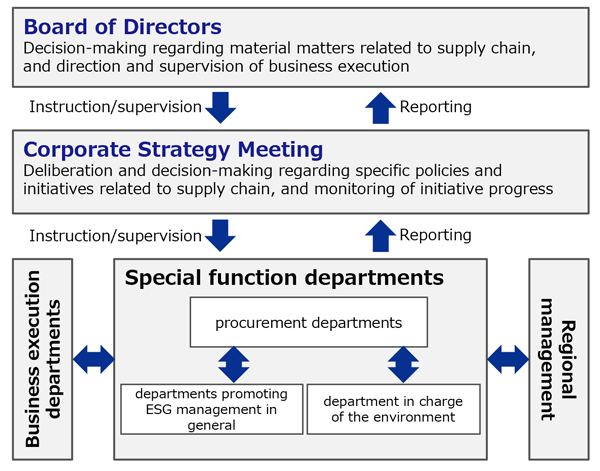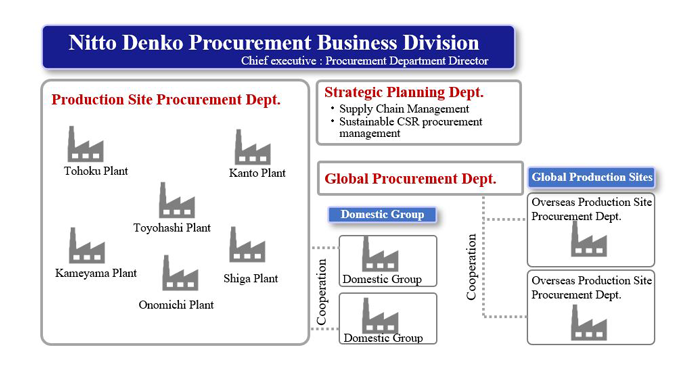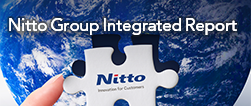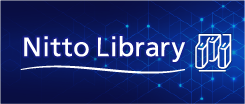Creating a supportive work environment and enhancing productivity requires realizing "Decent Work" (human dignity and meaningful work) for all employees. Companies must respect the rights (human rights) of all employees working in their workplaces, regardless of their employment type, and treat them with dignity.
1-1)Prohibition of forced labor
- Any form of forced labor, such as labor involving human trafficking, bonded labor, or slavery, must be prohibited.
- All employees must be employed voluntarily based on their free will, with mutual agreement on employment terms before starting work.
- Employment documents, such as contracts and condition notices, must be written in a language the employee understands and in a legally compliant manner.
- Unreasonable restrictions on the freedom of movement of employees must not be imposed.
- Employees must be allowed to leave employment freely at any time without penalty if they provide a valid explanation for their resignation.
- The collection of fees or unjust deductions from employees is prohibited.
- Requiring employees to deposit identification documents, such as passports or work permits, is strictly prohibited.
"Forced labor" refers to work imposed on individuals without their consent, constituting a serious violation of human rights. Ensuring that employment terms are clearly explained in a language the employee can understand is essential to confirm their voluntary agreement to the job.
Furthermore, practices like collecting fees, unjust deductions, or requiring the deposit of identification documents (e.g., passports, residency cards, or social security cards) can restrict employees’ freedom to leave and are not acceptable under Nitto Group policies.
Note:
Practices like collecting fees: Referral (placement) fees at the time of hiring, etc.
Unjust deductions: Forcing individuals to pay for uniforms, personal protective equipment, and training required for the job, etc.
1-2)Prohibition of child labor
- Children below the minimum working age set by the laws of each country/region must not be employed.
- For young workers under the age of 18, overtime work, hazardous or harmful tasks, and night shifts are strictly prohibited.
"Child labor" refers to work performed by children who are under the minimum working age as defined by the laws of each country/region, or by the International Labour Organization (ILO). For example, in Japan, the Labor Standards Act prohibits employment until the completion of compulsory education (up to March 31 following the 15th birthday). Additionally, young workers under the age of 18 are generally prohibited from engaging in hazardous work or night shifts.
In countries where the minimum working age is not clearly defined, please follow the ILO’s standards.
If child labor is found, appropriate steps should be taken to support the child’s education and provide necessary assistance in a humane manner.
Note:
Hazardous tasks: Work involving exposure to harmful substances or performing at heights.
Night shifts: Typically defined as at least seven consecutive hours between 10 PM and 7 AM.
1-3)Working hours
- Working hours, including overtime, must not exceed the limits set by the laws and regulations of each country/region.
- Employees must be given at least one day off within every seven-day period.
- Employees must be granted annual paid leave and long-term leave as specified by the laws of each country/region.
- Accurate records of working hours, including regular and overtime hours, must be maintained.
Excessive working hours can negatively affect the mental and physical health of workers, potentially leading to conditions such as depression, overwork-related illnesses, or even death. Therefore, it is crucial to manage working hours appropriately to protect workers' health and safety. For instance, the Responsible Business Alliance (RBA), a coalition aimed at supporting safe labor practices in supply chains, establishes a weekly working hour limit of 60 hours, while the International Labour Organization (ILO) sets this limit at 48 hours to enhance global labor conditions and living standards. Companies are expected to use such international standards as references when formulating their own policies.
Furthermore, in the interest of prohibiting forced labor, it is essential to ensure that all overtime work is performed voluntarily. Additionally, special consideration should be given to workers' circumstances, such as pregnancy or recent return from childbirth, by reflecting these factors in the arrangement of breaks and working hours, thus fostering a gender-inclusive work environment.
1-4)Appropriate wage
- Employees must be paid at least the minimum wage specified by the laws of each country/region.
- Overtime wages must comply with the laws of each country/region and be calculated at a rate higher than the regular hourly wage.
- Employers must provide employees with pay slips in a language they can understand and in a legally compliant manner.
The "minimum wage" refers to the lowest legally mandated wage in each country/region. If welfare benefits are required by law, they must also be provided without any deficiencies. Wage reductions as disciplinary measures or unjust deductions are prohibited, adhering to the principle of "payment for work performed." Additionally, wages must be appropriate for the hours worked, and equal pay must be provided for employees performing the same work and possessing the same qualifications, ensuring no discrimination.
Pay slips must be clear, accurate, and written in a language and format that employees can understand to confirm the correctness of their compensation. Employers are also expected to explain the contents of pay slips when necessary.
Furthermore, for employees leaving the company, wages must be paid promptly and within the timeframe agreed upon during employment.
1-5)Prohibition of inhumane treatment and discrimination
- Abuse and all forms of harassment must be prohibited, and disciplinary policies and procedures to address such incidents must be clearly defined and disclosed to employees.
- Discrimination in recruitment and employment must be eliminated, and efforts must be made to ensure fairness in workplace treatment.
- Reasonable accommodations must be provided for religious practices or for individuals with disabilities seeking workplace adjustments.
Employees’ human rights must be respected, and inhumane treatment such as physical or mental abuse, sexual harassment, power harassment, corporal punishment, verbal abuse, or any other form of harassment must be eliminated.
Discrimination refers to creating differences in opportunities or treatment in areas such as recruitment, promotion, compensation, and training based on factors unrelated to the individual’s ability, aptitude, or performance. Examples of discriminatory factors include race, ethnicity, nationality, place of origin, skin color, age, gender, sexual orientation, disability, religion, political beliefs, pregnancy, marital status, union membership, or genetic information.
When requesting pre-employment medical examinations, including health or pregnancy tests, it is recommended to clarify their purpose (such as ensuring a safe work environment) to avoid their use as a condition for employment.
Additionally, a reporting process must be established to allow employees to safely raise concerns about inhumane treatment or discrimination affecting themselves or others, ensuring that they feel secure in doing so.
1-6)Employees’ right to organize
- The right of employees to organize, engage in collective bargaining, and participate in peaceful assemblies and associations as a means of improving their working conditions and treatment must be respected.
Respecting employees' right to organize means ensuring that employees have the freedom to join labor unions and engage in collective bargaining or related activities without fear of retaliation, threats, or harassment. This should be done in compliance with the laws and regulations of each country/region.




